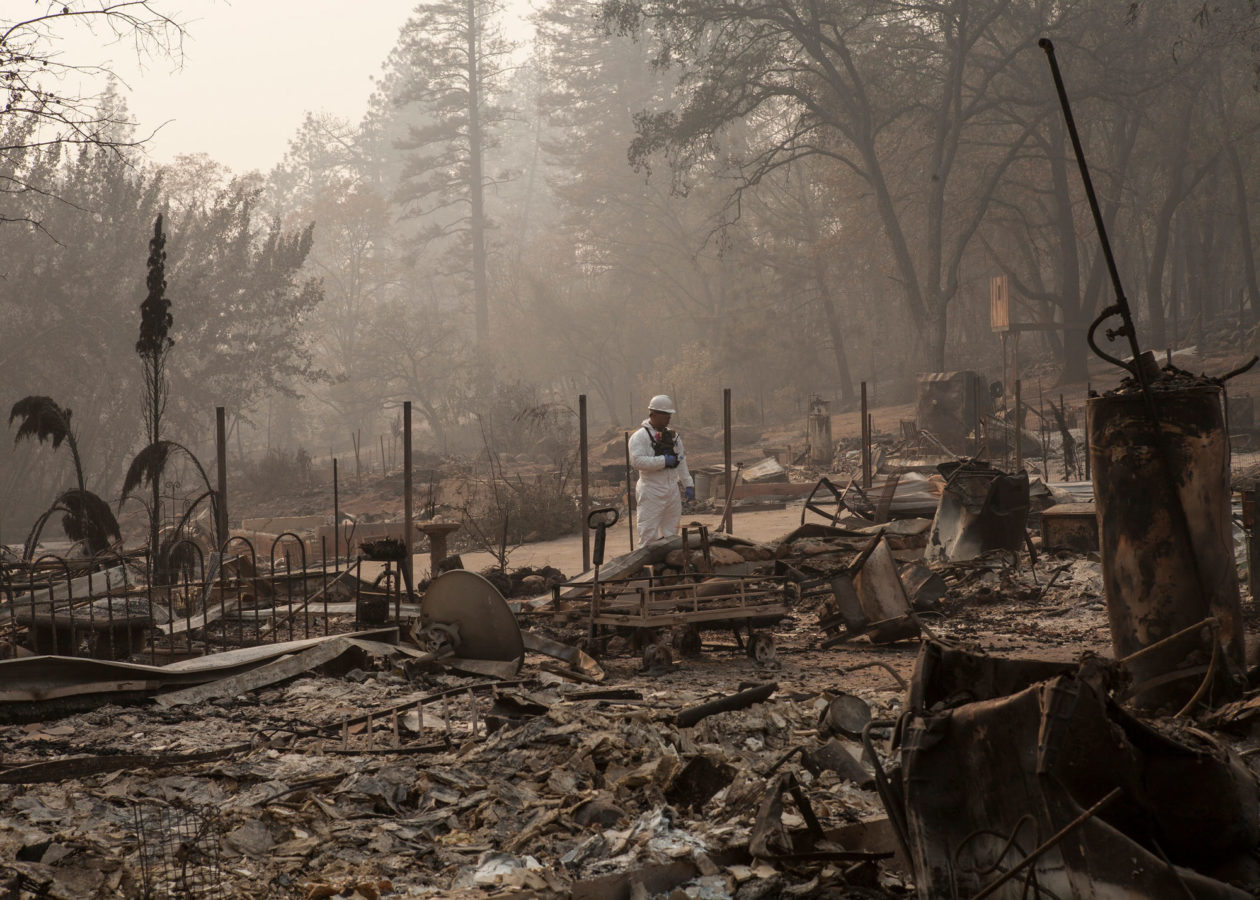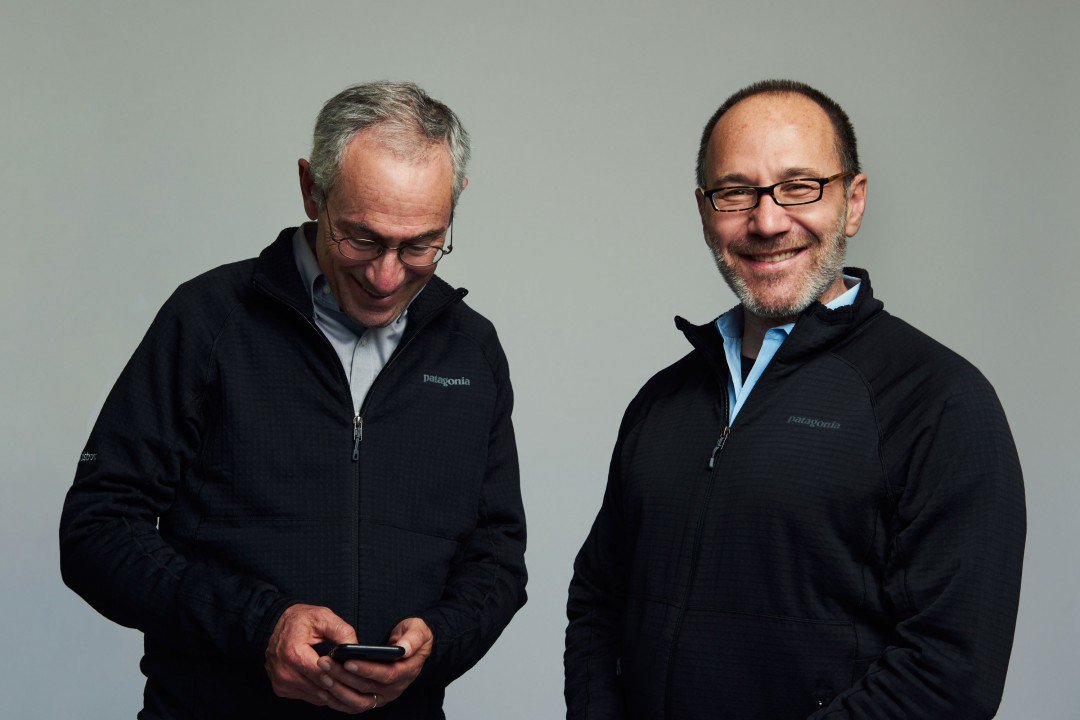Natural Disasters Caused $160 Billion in Damage in 2018
Published at the Yale School of Forestry & Environmental Studies – January the 8th 2019
Natural disasters caused $160 billion in economic damage worldwide in 2018, dominated by costly wildfires in California and tropical storms in the United States and Asia, according to a new report from the reinsurance giant Munich Re. California’s Camp and Woolsey fires alone caused losses of $21.7 billion, $16.5 billion of which was insured.
Overall, insurance companies paid out $80 billion in claims for damage from natural disasters last year, down from 2017’s $140 billion, but double the 30-year average. California’s wildfires accounted for nearly one in every $4 insurance companies paid out in disaster claims in 2018, Reuters reported.
“Losses from wildfires in California have risen dramatically in recent years,” Ernst Rauch, the chief climatologist at Munich Re, said in a statement. “At the same time, we have experienced a significant increase in hot, dry summers, which has been a major factor in the formation of wildfires. Many scientists see a link between these developments and advancing climate change.”
Rauch told Reuters that the mounting costs bring into question whether people can continue to build in high-risk wildfire areas without protective measures, such as more fire-resistant materials.
Twenty-nine natural disaster events in 2018 caused more than $1 billion in damage each. Tropical cyclones caused $57 billion in damage last year, much of it from hurricanes Michael and Florence that hit the United States and typhoons Jebi, Mangkhut, and Trami in Asia.
A severe drought in Europe that set off major wildfires and agricultural losses caused $3.9 billion in damage last year. But Munich Re reports that just a small fraction of this damage, $280 million, was covered by insurance companies since farmers in Europe don’t typically purchase policies for drought






